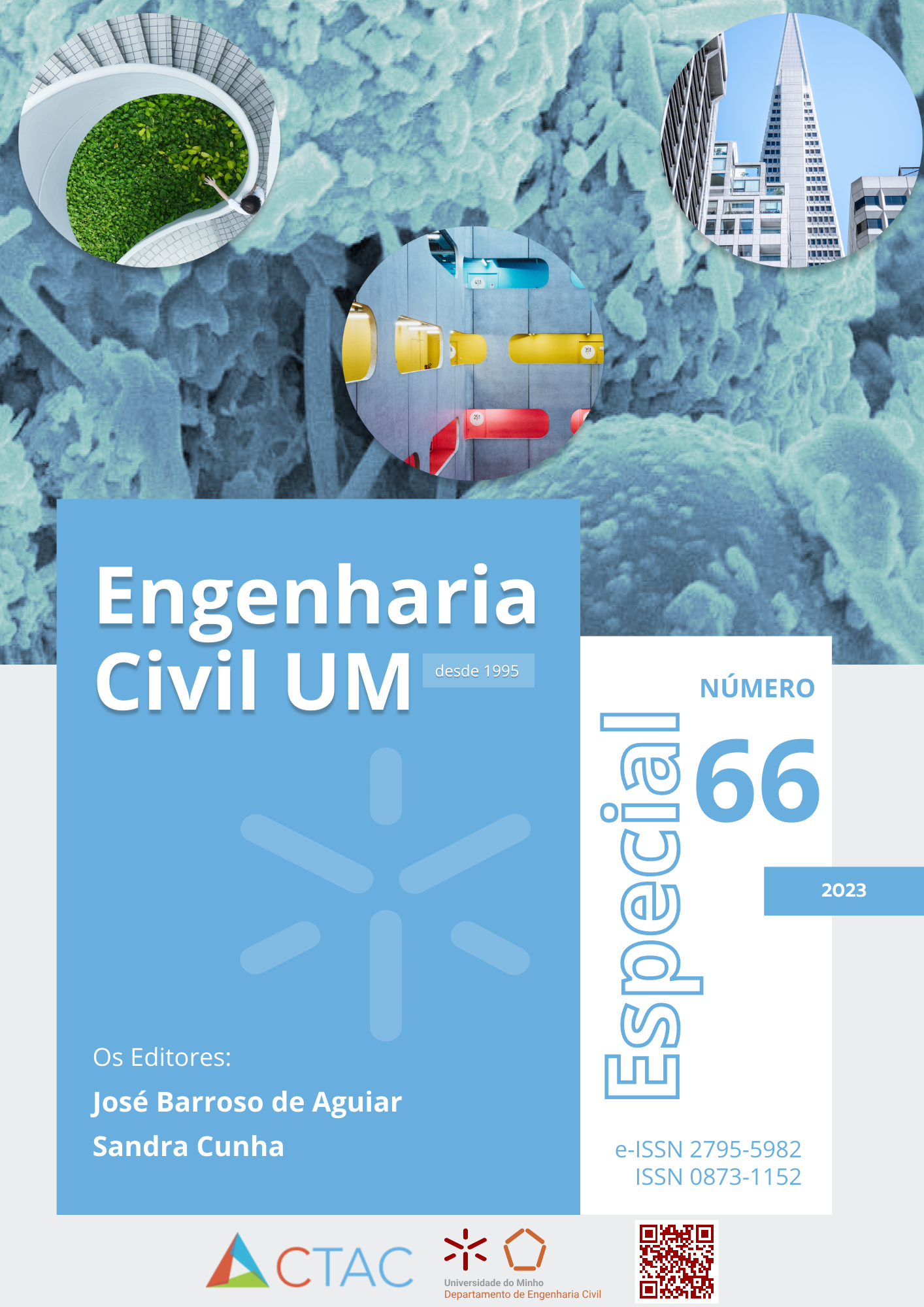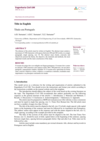Study of Mortar Formulations for Underfloor Heating Systems Incorporating Steel Aggregate
DOI:
https://doi.org/10.21814/ecum.5547Keywords:
Pavimento Radiante; Argamassas; Resíduo Siderúrgico.Abstract
Considering the European targets for energy efficiency and decarbonization, without compromising thermal comfort, it’s necessary to define more efficient and sustainable air conditioning solutions, in terms of design, use of materials and even system efficiency. Improving the thermal properties of mortars used in underfloor heating systems is a promising strategy for increasing the thermal and energy efficiency of these systems, which have gained market share not only in northern and central Europe, but also in North America. The thermal and energy efficiency of hydraulic underfloor heating systems depends of the geometry and constitution of the layers, the materials used and the operating conditions, with a great impact on the thermophysical properties of the mortar used to surround the pipes. From a perspective of valuing industrial waste as a specific contribution for sustainability in construction, the object of study of this work is the incorporation of an Inert Steel Aggregate for Construction (ASIC) as a partial substitute for the natural aggregate of a self-levelling fluid mortar to improve its performance in underfloor heating systems. In addition to the thermal and mechanical characterization of mortars with different ASIC contents, the performance of mortars in this type of application was also measured using a calibrated numerical model.









